However, catering to each customer’s individual needs is often easier said than done. What do retailers need to do to track the right data about their customers? How do you measure success? What are the next steps and tools you need to achieve these results? Let’s take a deeper look at these questions and why utilizing both historic and present-day data yields maximum outcomes for retailers.
Past Data Predicts Future Buying Behavior
First-party consumer metrics are powerful indicators that retailers can use to predict future buying behavior. Retailers can collect and analyze what customers are looking at and purchases to anticipate users’ needs and wants. To do this, it’s important for retailers to increase their appeal to mobile customers by offering an innovative mobile platform that gives rewards and keeps them coming back. Not only does a mobile customer solution make the shopping experience convenient for the consumer, but it also allows retailers to collect the data they need to appeal to shoppers.
For example, understanding the types of product a shopper buys on a regular basis, such as toilet paper, eggs or toothpaste, and the frequency and timing of when they purchase it will allow you, the retailer, to send personalized offers to their in-store app or mobile device at the exact time and place shoppers want. Retailers can also look at conversion rate, cart abandonment rate and other key metrics to understand each shoppers’ interests and preferences. By analyzing past behavior, retailers can make sure the offers are catered to each customer based on what each individual has looked at or bought before.
Present Data Informs Real-Time, In-Store Behavior
Present data holds the key for allowing retailers to unlock the full potential of using real-time data to learn about the customer in the here and now. With today’s latest technology, retailers can better understand real-time, in-store customer behavior at the same level at which they track online behavior to improve their personalized offers and increase loyalty.
Leveraging personal shopping history can help inform the unique offers sent to consumers as they shop anywhere, at any time, but by adding geofences to the mix, retailers can also provide even more specific targeting at a hyper-specific location-based level – with offers sent straight to a shopper’s phone. As soon as a user is in close proximity to the store, retailers can alert the customer with the latest promotions on their mobile device to get them in the door, or wait until they’re at the shelf to convert a potential sale in the moment.
How GK Software Can Help
The analysis of real-time shopping behavior is far more complex than analyzing past activity, but with the right solution, retailers can easily create a deep relationship with their customers.
GK Software’s Mobile Customer Assistant is available to help retailers collect the data they need to personalize a unique and seamless experience for their customers. GK’s Mobile Customer Assistant has processed more than 9.9 million loyalty transactions and 8.2 million coupon redemptions just this year, and we’d love for you to take advantage of the growing customer demand for these capabilities too.
By providing insightful past and present data, GK’s MCA enable retailers to implement successful end-to-end communication strategies that lay the foundations for long-term and sustainable customer relationships.

